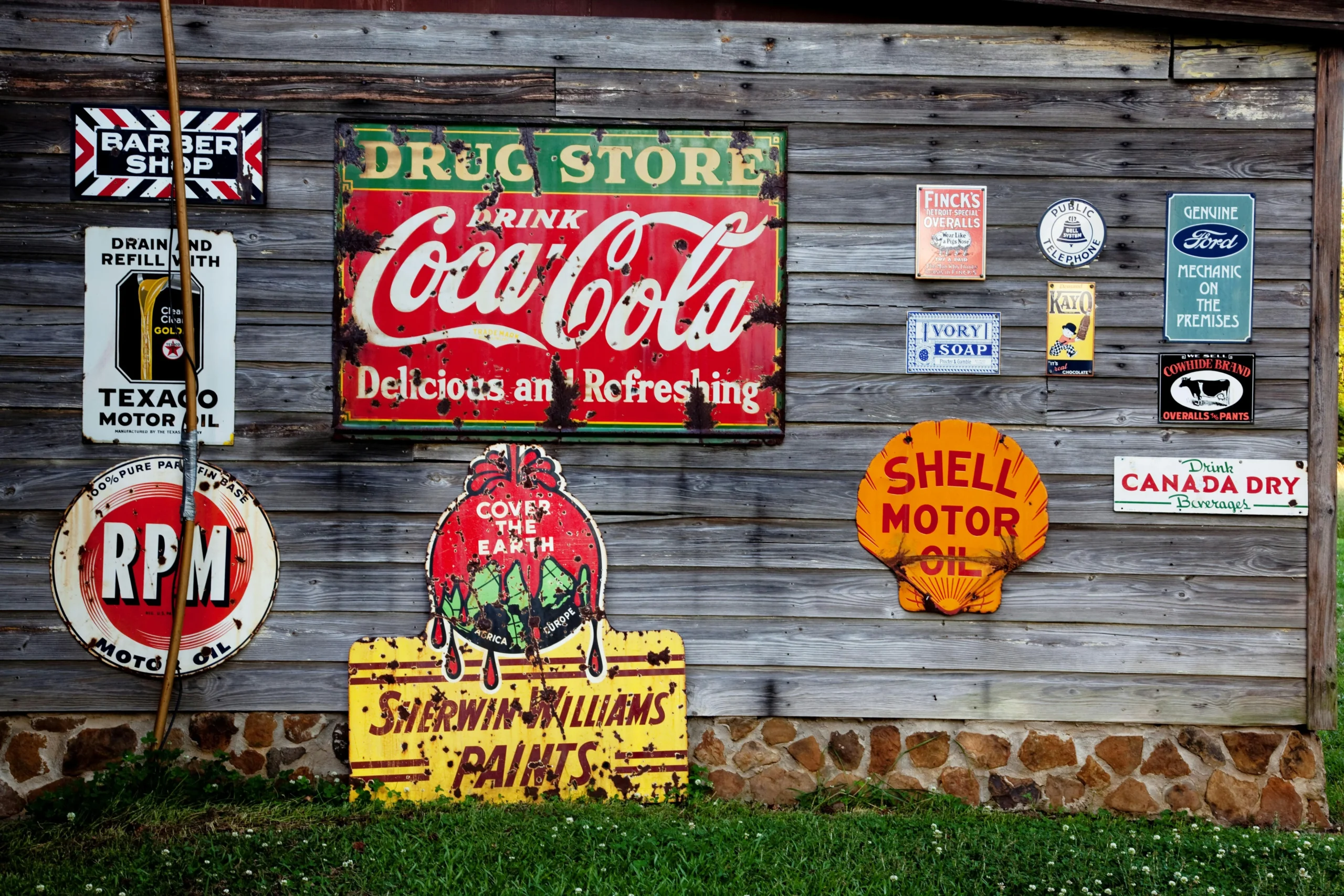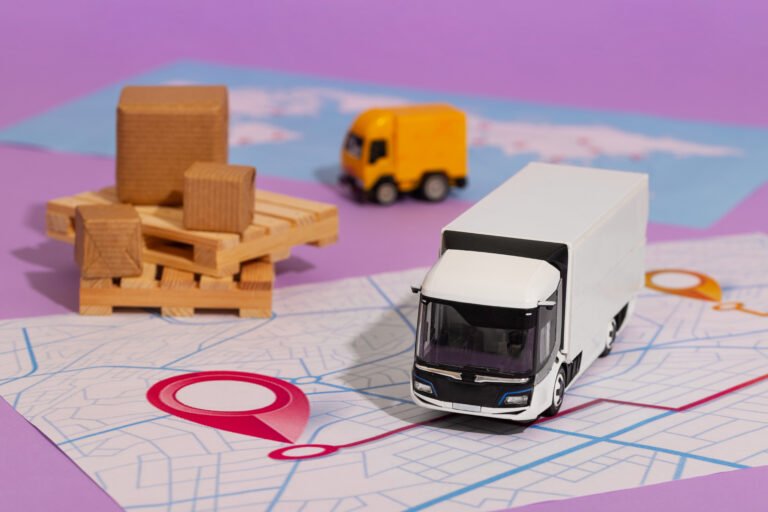When a Smile Becomes a Strategy
In today’s marketing landscape—where attention disappears in seconds and brands fight to stand out in an oversaturated environment—some tools manage to cut through the noise without shouting. Some rely on design, others on immediacy. But there’s one in particular that, when used with surgical precision, can create deep, emotional, and memorable connections. It’s not new. It’s not foolproof. But when it works, it transforms.
So where does that unexpected power come from—the kind that makes certain ads stick in our collective memory? What makes us remember a campaign years later, not for what it sold but for the laugh it triggered?
Beyond the Laughs, What Really Sticks Is the Connection
Laughter is no small thing. It implies identification, relaxation, openness. Humor creates a tiny fracture in our usual logic—a positive interruption that disarms our defenses and lets a message in without forcing it. In marketing terms, that’s pure gold.
But it’s not about cracking jokes for the sake of it. Brands that use humor effectively don’t do it to be funny—they do it to be human. And that opens the door to something more powerful than laughter: empathy.
Today, purchase decisions are driven more by emotion than logic. A brand that can make us smile is also quietly building affection. And that kind of bond can’t be manufactured with formulas or automated scripts.
Know the Terrain Before Making a Bold Move

Not every joke lands. And not every audience reacts the same way to the same content. Humor may be one of the most difficult forms of communication to translate. Its effectiveness depends not just on cleverness but also on context. This is where cultural sensitivity and emotional intelligence become indispensable tools for any marketing team.
What’s subtle irony in one country might come off as offensive in another. Even within the same language, meaning can shift subtly across regions. That’s why when a brand decides to embrace humor, the message must not only be clear—it must feel authentic and resonate with each segment of its audience.
This requires more than just translating words. It demands content localization that considers idioms, references, tone, and cultural sensitivities. A misplaced joke can easily spark a crisis.
Standing Out Without Losing Focus
In a sea of brands competing for attention, visual and technical proposals often blur together. Color palettes, taglines, and promises start to feel repetitive. This is where humor becomes a powerful differentiator—not as decoration, but as a declaration of intent: “We don’t take ourselves too seriously, but we care about making this moment enjoyable.”
With this tone, brands become more approachable. They don’t lower their quality—but they step down from the pedestal. They speak eye-to-eye. And in the relationship with the consumer, that matters. Because when someone laughs with you, they’re sharing a moment of connection. They’re not listening from afar—they’re right there with you.
Problems arise when humor becomes the only axis. Some brands, thrilled by a successful funny campaign, try to replicate it over and over—falling into the trap of overuse. And in marketing, as in life, repetition without pause loses its impact.
Humor, Yes—But With Purpose
The goal isn’t to entertain just for the sake of it. An empty laugh might earn you views, but if it doesn’t align with your brand’s purpose or values, it becomes forgettable.
Well-crafted humor serves a story. It’s not just a way to capture attention—it’s a way to express a point of view, a stance, a way of being in the market.
When Burger King launches a witty jab at its main competitor, it’s not just for laughs—it’s reinforcing its provocative, rebellious brand personality. When Old Spice goes over-the-top with absurd scenes in its ads, it’s not just trying to be funny—it’s doubling down on its bold and disruptive tone.
In these cases, humor isn’t a superficial tactic. It’s a statement of identity.
Adapting Without Losing Your Voice

Timing is everything. What’s funny today might fall flat tomorrow—and vice versa. Codes evolve. Formats shift. What worked on TV might not land on TikTok. What went viral on Twitter might feel forced on Instagram.
Brands need to develop a sharp sense of cultural timing—not just for today, but with an eye on the future. That means knowing when to step back, when to reinvent the formula, and when to let others take the spotlight.
The goal isn’t to abandon humor—but to evolve it. To find new angles, new references, new ways to connect. And for that, nothing beats listening. Because audiences don’t just consume—they respond, remix, reinterpret. In many cases, the best ideas for a humorous campaign don’t come from agency brainstorming—but from the comments section of a post.
Humor Can Be Measured, Too
Even if it seems intangible, the effectiveness of humor in marketing can be measured just like any other strategy. Metrics like time on page, engagement, shares, or spontaneous comments are all strong indicators of whether a piece truly connected.
Funny campaigns tend to get shared more easily, amplifying their reach—not just broadly, but with a level of emotional quality that other campaigns often lack. It’s not the same for someone to recommend a product as to say, “You have to see this—I cried laughing.”
Digital word-of-mouth finds a perfect vehicle in humor. But as with everything in marketing, there are no guarantees. That’s why creativity must go hand in hand with active listening and the ability to iterate.
Sometimes, a Laugh Is Worth More Than a Thousand Words
There’s no magic formula, no universal recipe. But one thing is certain: in a world where most brands are trying to impress, move, or convince, those that can spark a genuine smile are often the ones we remember.
That doesn’t mean turning everything into a joke or trivializing the message. It means understanding that humor—when used with intention, respect, and audience awareness—can be the shortest bridge between a brand and an emotion. And at that point of connection, no matter how brief, something begins to build that goes beyond the sale.
It’s not about speaking louder. It’s about saying something worth hearing. And sometimes, the most effective thing a brand can say… is something that makes you laugh—and stick around.






